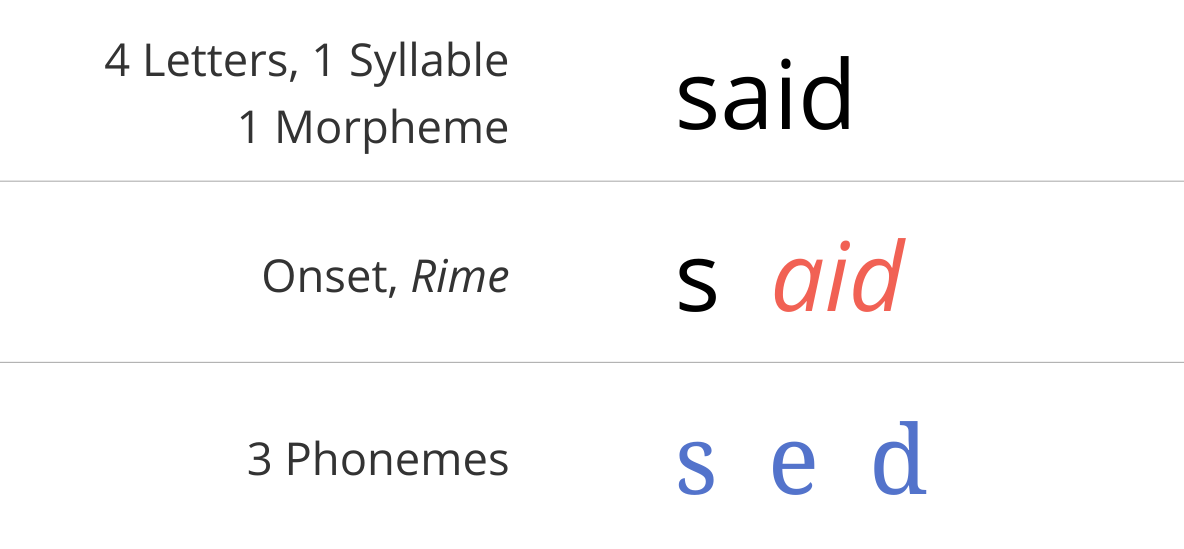Meagan Batdorff, Albert Cheng, Larry Maloney, Jay F. May & Patrick J. Wolf:
Public education funding relies on revenues from a variety of sources, from local taxpayers to federal programs targeting students with specific needs. The vast sum of funding collected—in excess of $600 billion annually— often masks which entities fund the education of our nation’s youth. Questions of funding adequacy and equity across school sectors, school districts and individual schools are prominent in discussions of how to improve educational outcomes, especially for students from disadvantaged backgrounds. A year ago, our research team published the third in a series of national studies that uncovered a general lack of equity in the funding of the public charter school sector compared to the traditional public school (TPS) sector (Batdorff et al. 2014; Batdorff et al. 2010; Thomas B. Fordham Institute 2005). We found major discrepancies in the funding of all public schools, including traditional and charter. Nationally in academic year 2010-11, charter schools received a total of $3,814 less in per-pupil revenues from all sources than did TPS—a funding gap of 28.4% that has grown larger over time (Batdorff et al. 2014).
The funding of K-12 education comes from local, state and federal public sources, but TPS and public charter schools also generate funding from private and philanthropic sources (see Table 2 below). In the majority of cases, TPS received slightly more revenue ($571 per pupil) from non-public sources than did public charter schools ($552 per pupil). Based on our 2014 national study, non-public revenue in general does not allow the public charter school sector to close the revenue gap with traditional public schools. In fact, it makes the gap larger (Batdorff et al. 2014).
